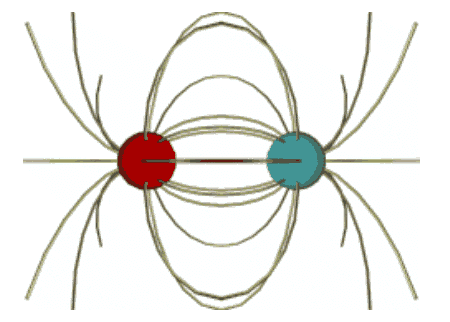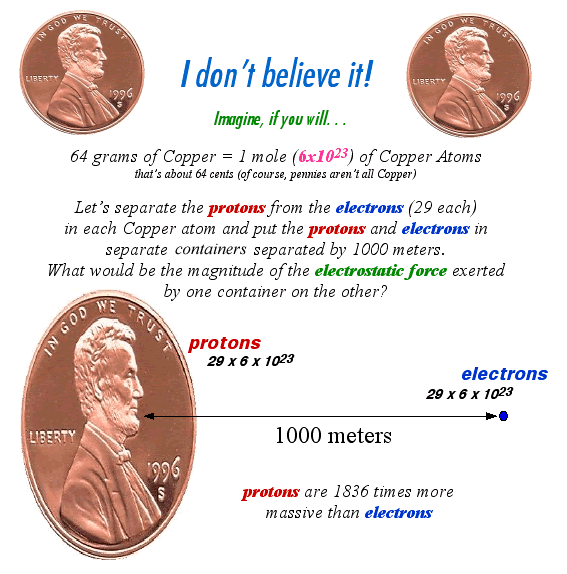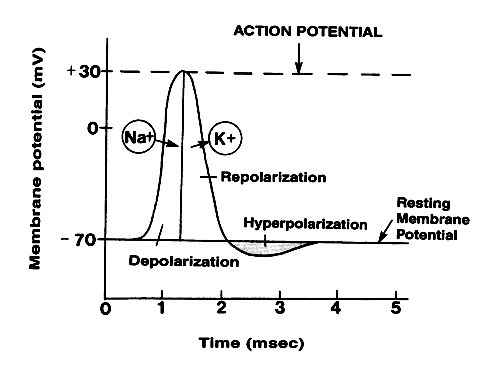Chapter
9 - Electric
Forces and Electric Fields

It's
those same
Electrons.

They just will
not go away!
Electrostatics
Lab Activities Explained
Animations
Lessons
on Electrostatics
HyperPhysics
Check out
the Links.
What is this Sticky crap, anyway?
Electric Potential
 Monkey
Business
Monkey
BusinessLines
of Electric Force


Coulomb's Law



Electric Circuit


A good source
Triboelectricity
Will the electrons move from my hand to the door or the other way around? Why?
Physics Classroom
Watch the House get zapped!
How does Lightning relate to electrostatics?
A cool Flash
Uses for Superconductors
The Discovery of Superconductivity

Polarization

The majority of all action potentials are generated in the axon hillock. However in sensory neurons the action potential is generated by the peripheral (axonal) process, just proximal to the receptor region. These areas are also known as the trigger regions. An action potential is generated due to membrane potential reaching threshold due to a graded potential. Threshold is a membrane potential at which the membrane in the trigger region reaches approximately -55mV, a depolarization of about 15 mV. At this point action potentials become self propagating. This means that one action potential automatically triggers the neghboring membrane areas into producing an action potential. Thus once threshold is reached action potentials always propagate down the axon to the synaptic or secretory regions of the axon. The actual process of the action potential generation occurs in four steps, consecutive, but overlapping. These steps are all opening and/or closing of ion gates, and subsequent changes in membrane potentials.
Read on. . . .

